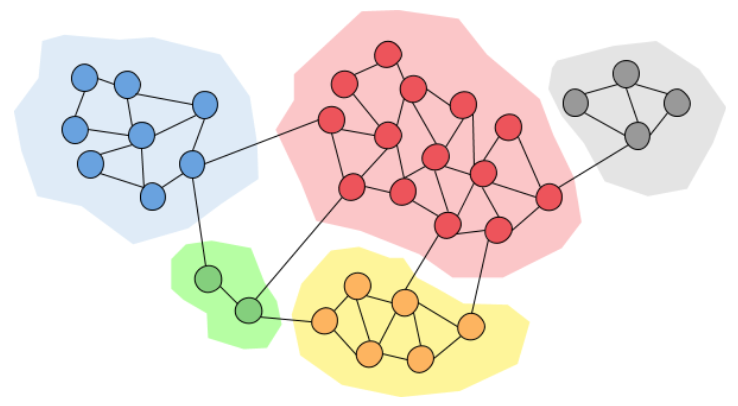Community Detection Algorithms

Community detection is a key problem in network analysis, which involves identifying clusters or groups of densely connected nodes within a network. Two popular algorithms for community detection are the Louvain algorithm and the Leiden algorithm. The Louvain algorithm uses a recursive partitioning approach to identify communities by dividing the network into smaller sub-networks until each contains only one node from each community. The Leiden algorithm, on the other hand, maximizes modularity to identify communities by iteratively rearranging nodes to improve the modularity of the network. Both algorithms have their strengths and weaknesses, and the choice of algorithm depends on the nature of the network and problem domain. Other approaches such as spectral clustering, modularity maximization, and network diffusion-based methods can also be used for community detection, each with their own advantages and disadvantages.






